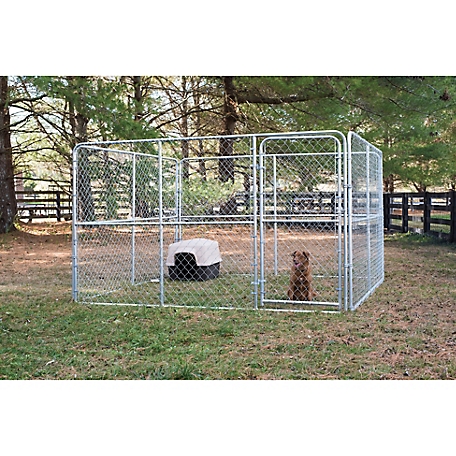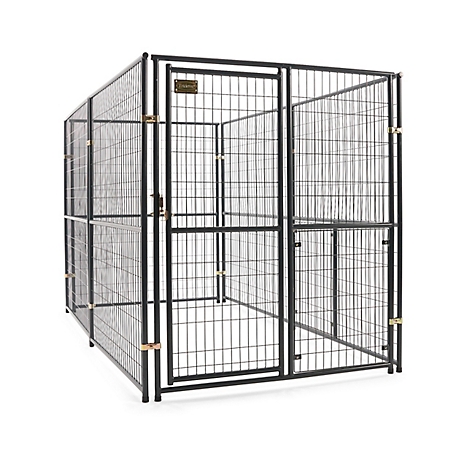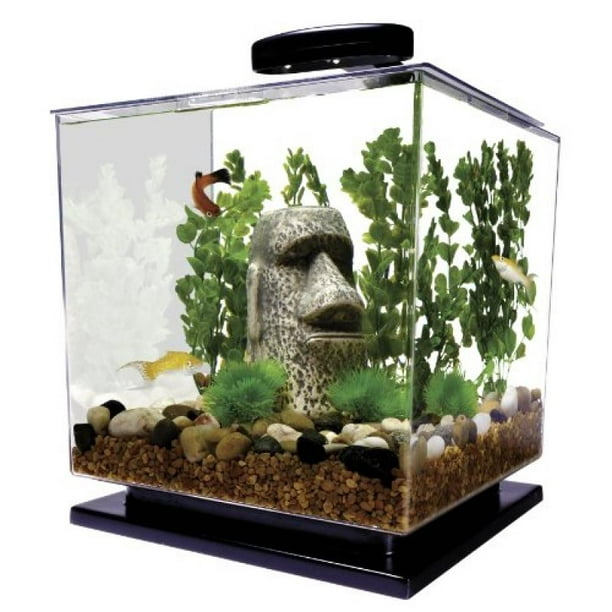Penn-Plax Striped Pirate Ship Bow and Stern Aquarium Decoration, Medium
The Penn-Plax Striped Pirate Ship Bow and Stern Aquarium Decoration adds a colorful exciting underwater ship wreck theme to your fish tank. The pirate ship bow and stern is made from resin and is designed for fresh and salt water aquariums. Suitable for all fish types.
The Penn-Plax Striped Pirate Ship Bow and Stern Aquarium Decoration adds a colorful exciting underwater ship wreck theme to your fish tank. The pirate ship bow and stern is made from resin and is designed for fresh and salt water aquariums. Suitable for all fish types.
- Realistic details on the pirate ship decoration offer an exciting look to your aquarium
- Resin pirate ship bow and stern is aquarium-safe
- Designed for fresh and salt water aquariums
- Suitable for all fish types
Additional information
| Aquarium Decor Type | Shipwrecks |
|---|---|
| Primary Color | Multicolor |
| Primary Material | Resin |
| Product Height | 8.7 in. |
| Product Length | 11.25 in. |
| Product Weight | 4.4 lb. |
| Product Width | 16.4 in. |
| Water Type | Freshwater/saltwater |
| Manufacturer Part Number | RR960 |










by Nanny
We waited a long time for this to arrive at the store after we ordered it but once we picked it up & opened it we were very happy with the quality & look of the item. My hubby had looked at several places & was very surprised to find exactly what he wanted at Tractor Supply. Not something you would normally look for on their website so take a few extra minutes to look because you may find exactly what you want here!